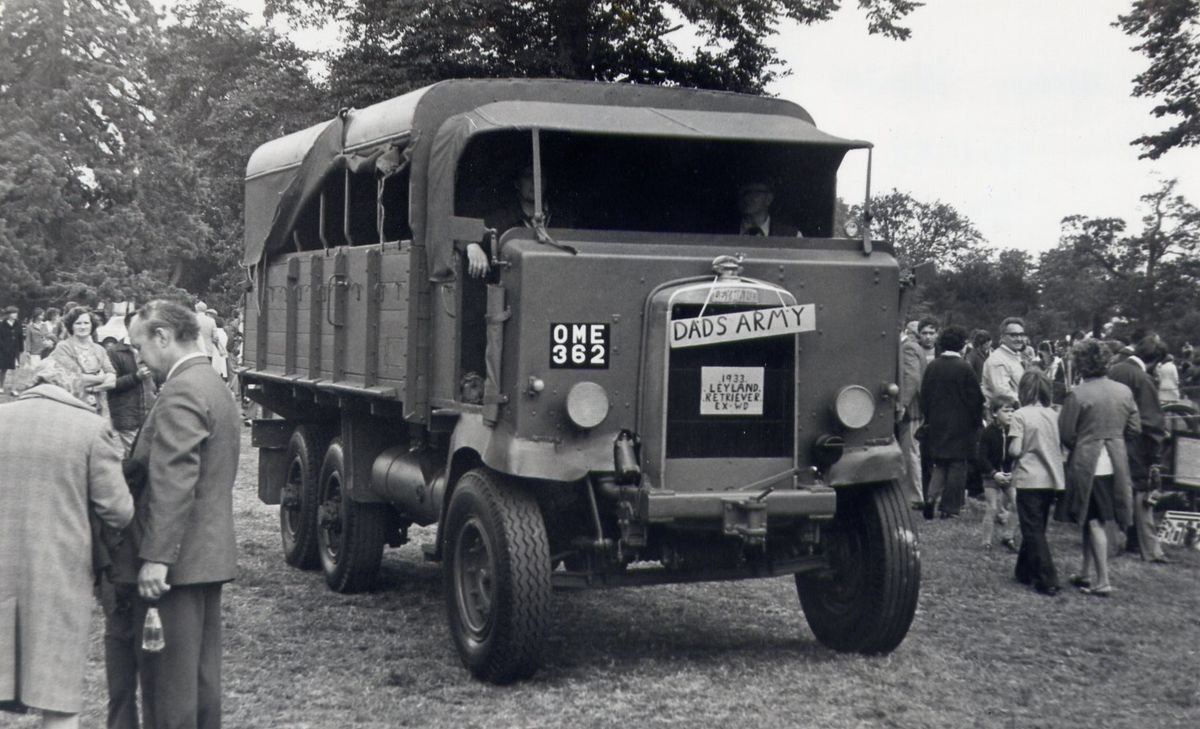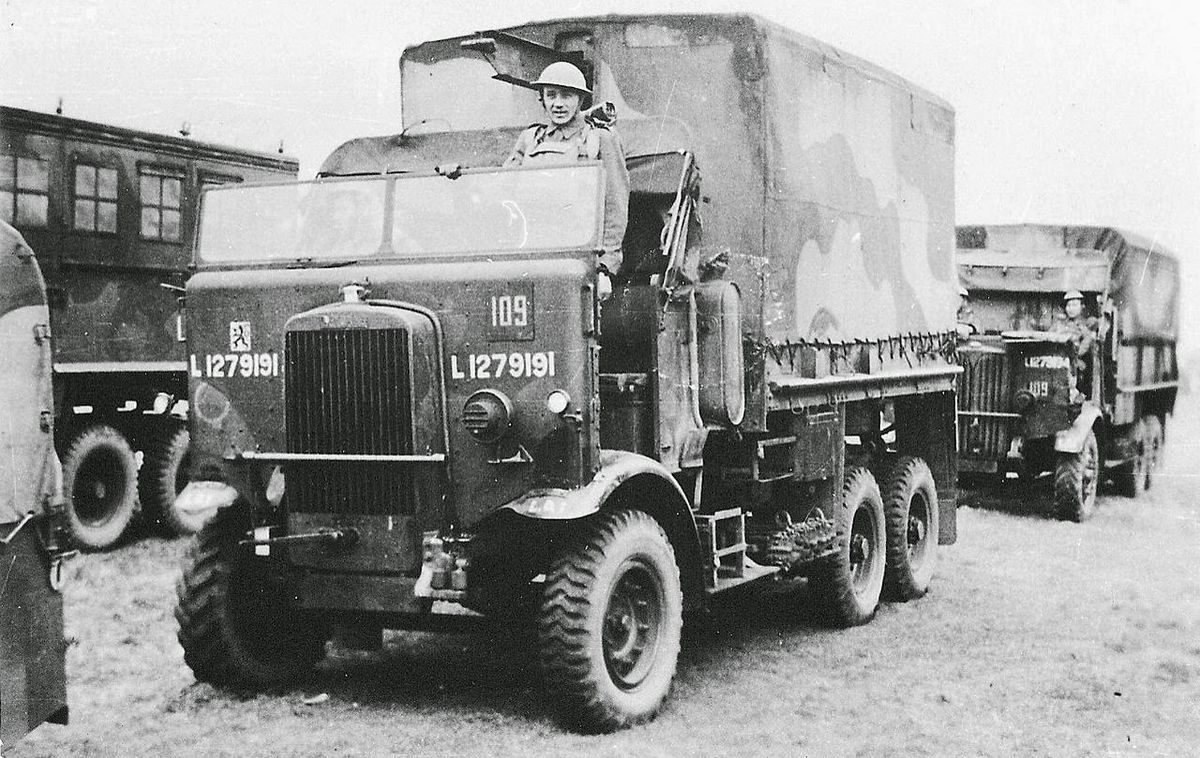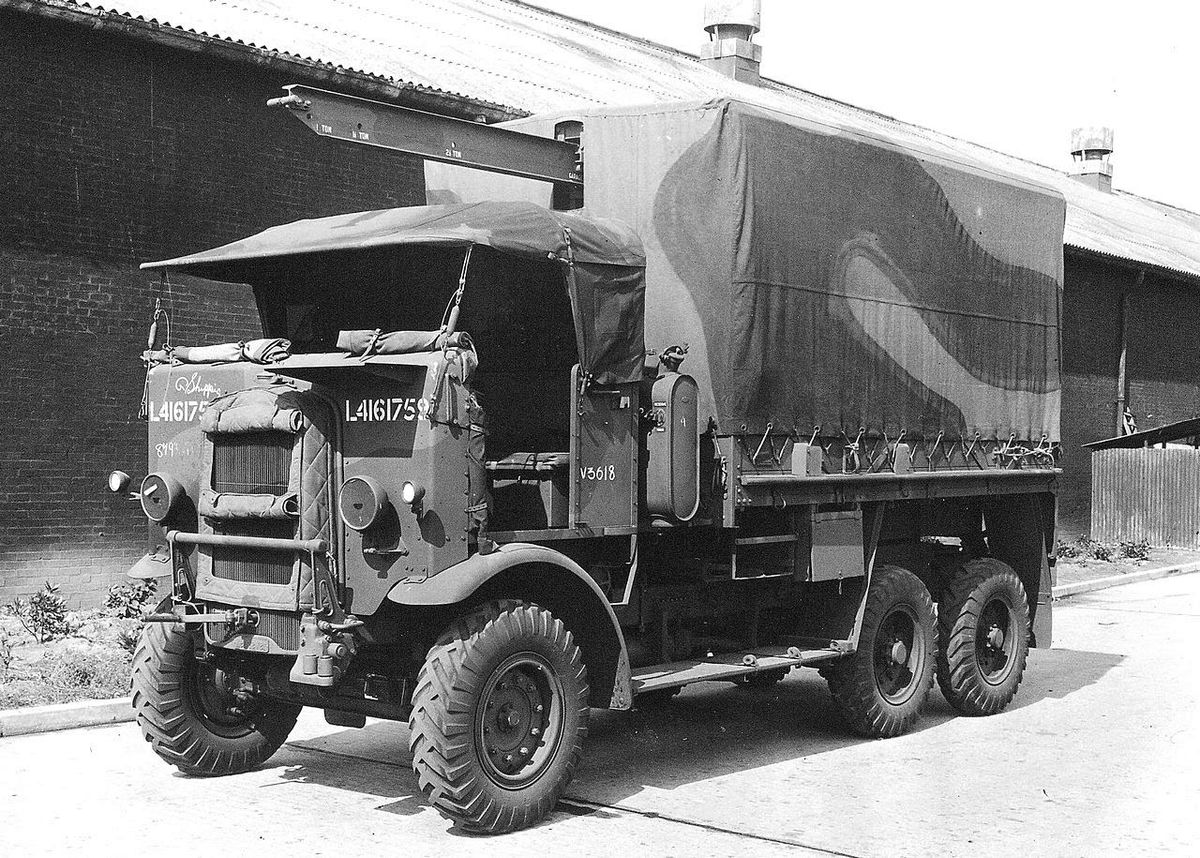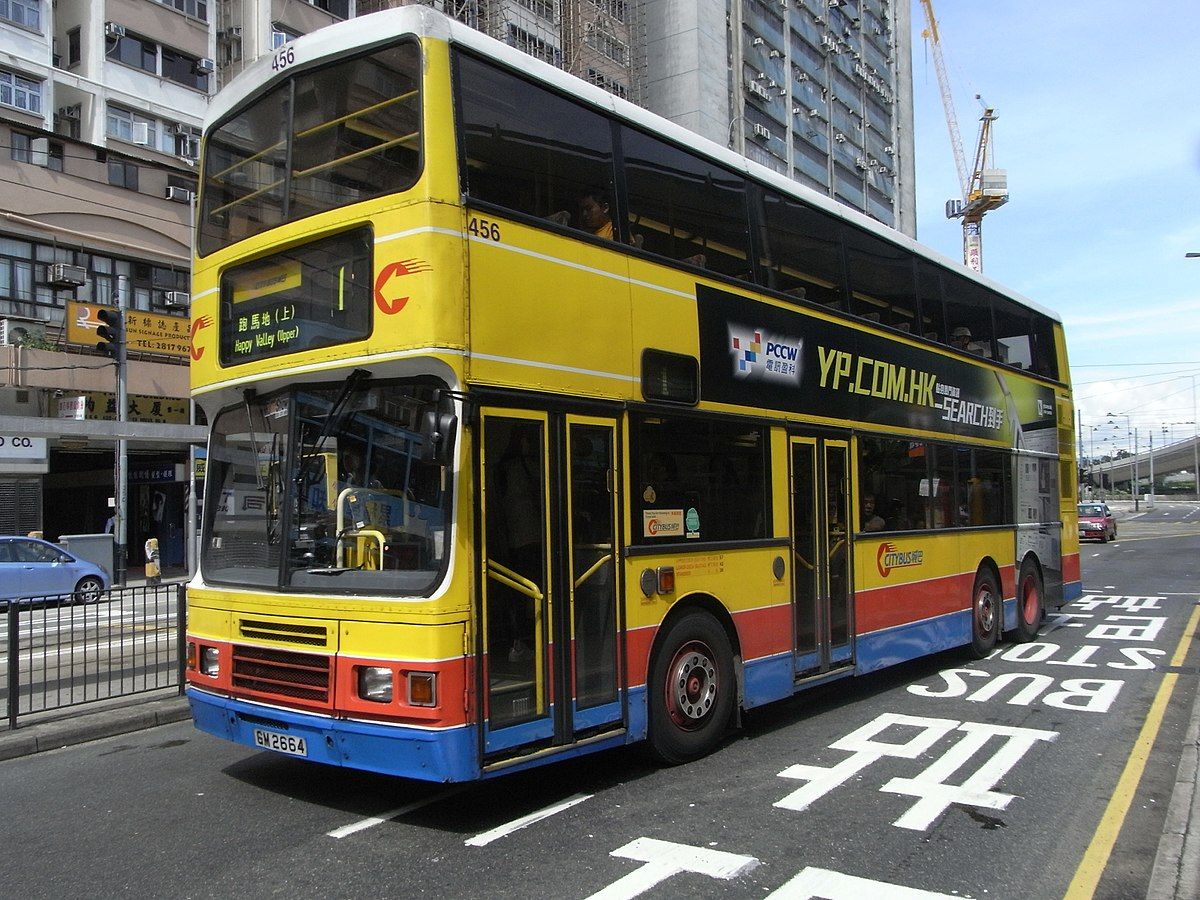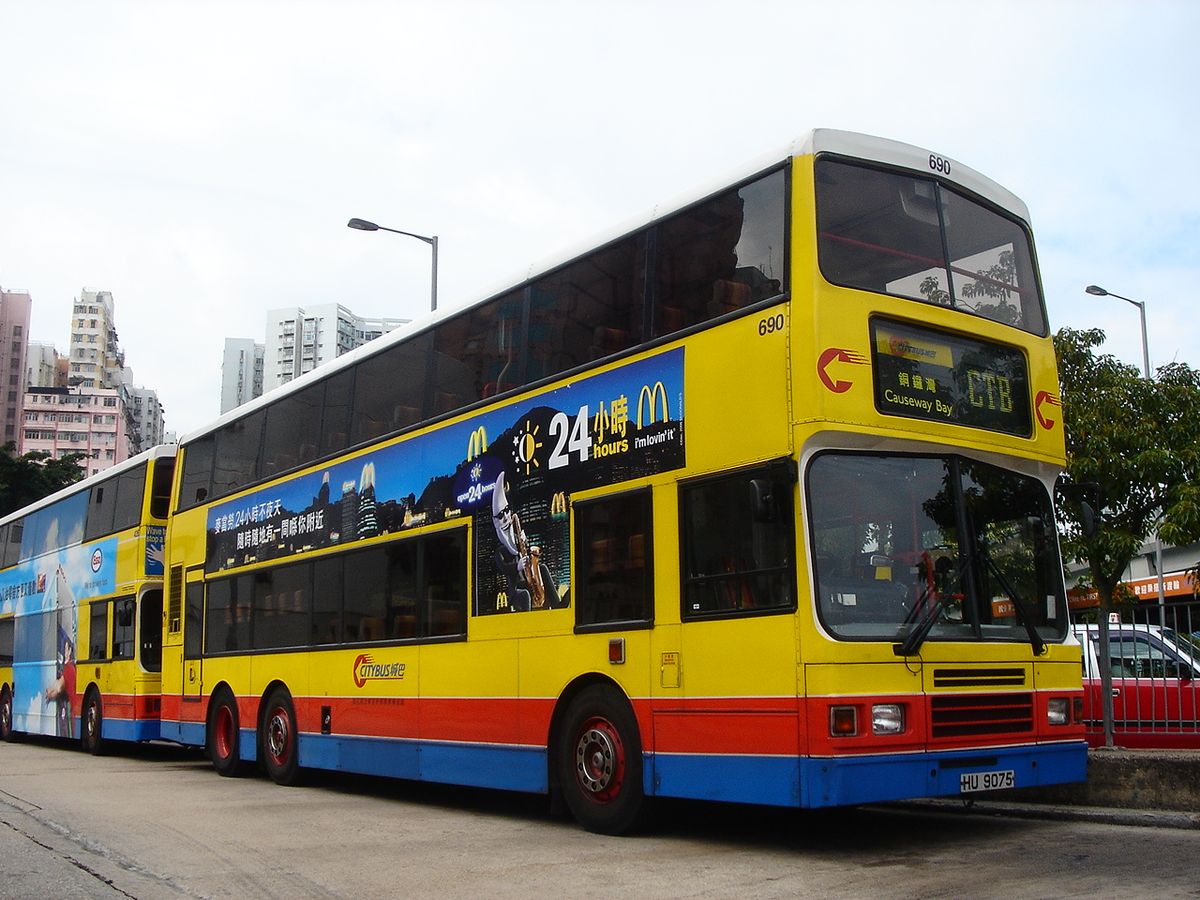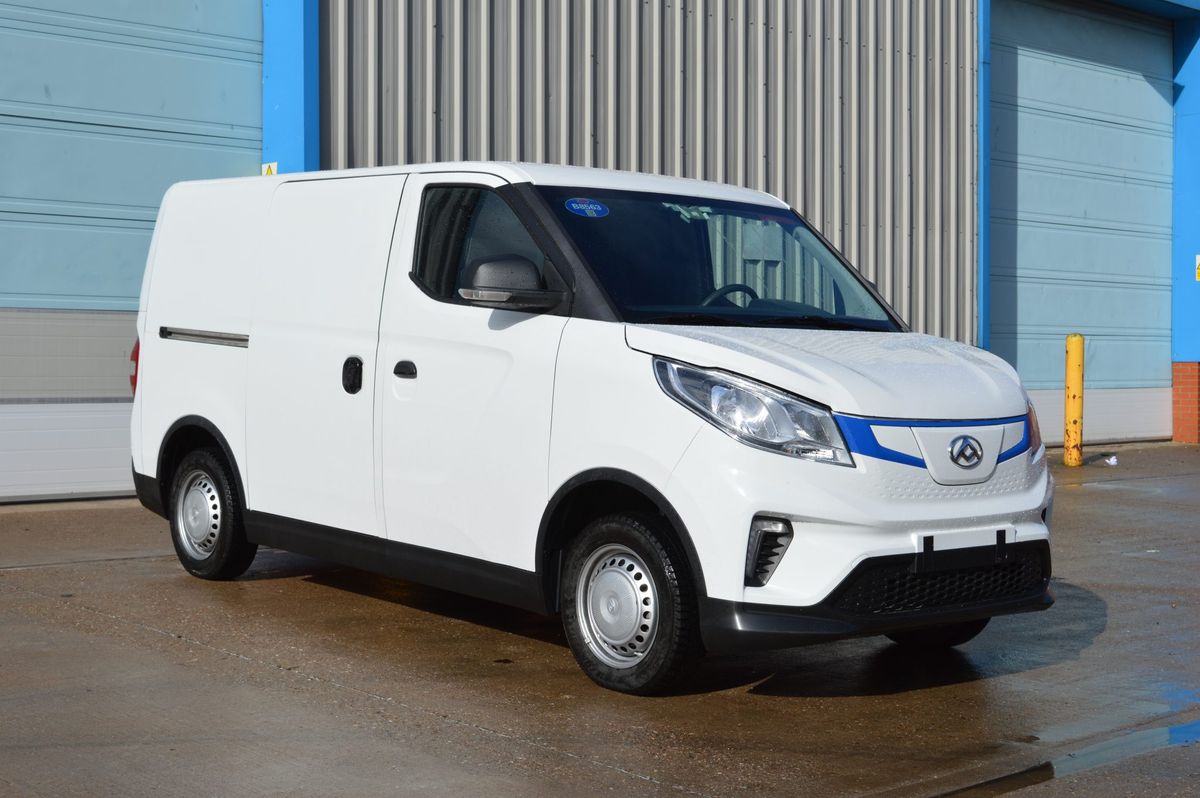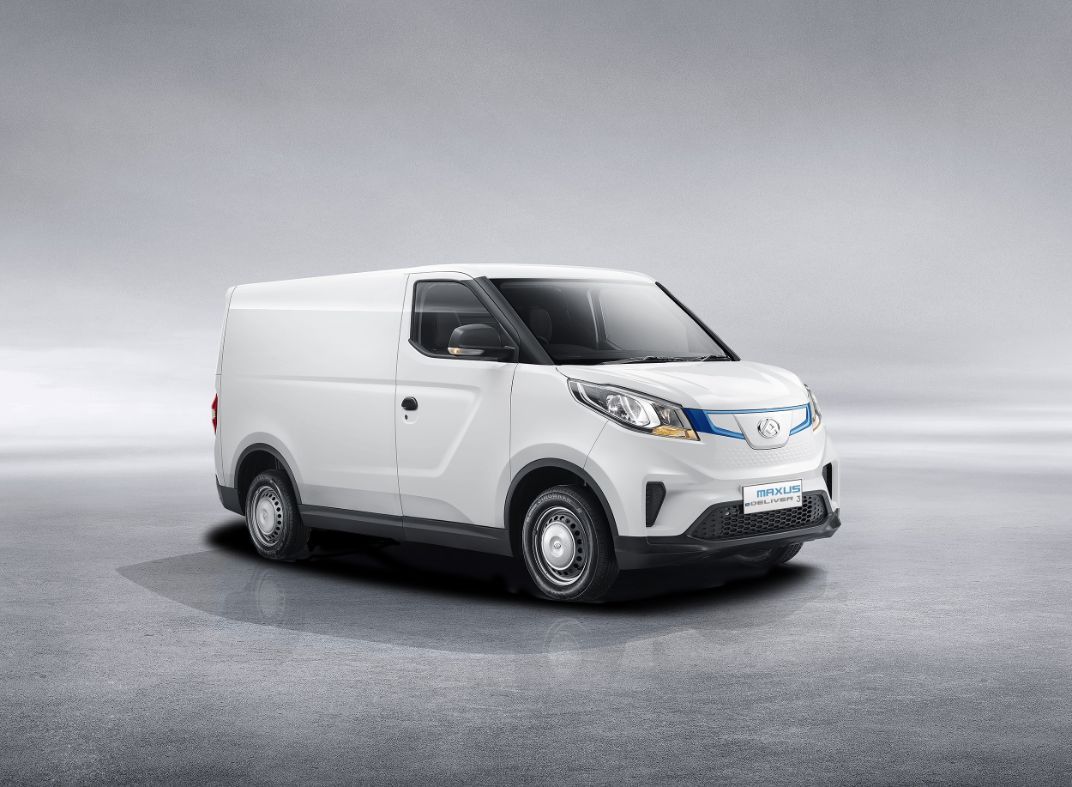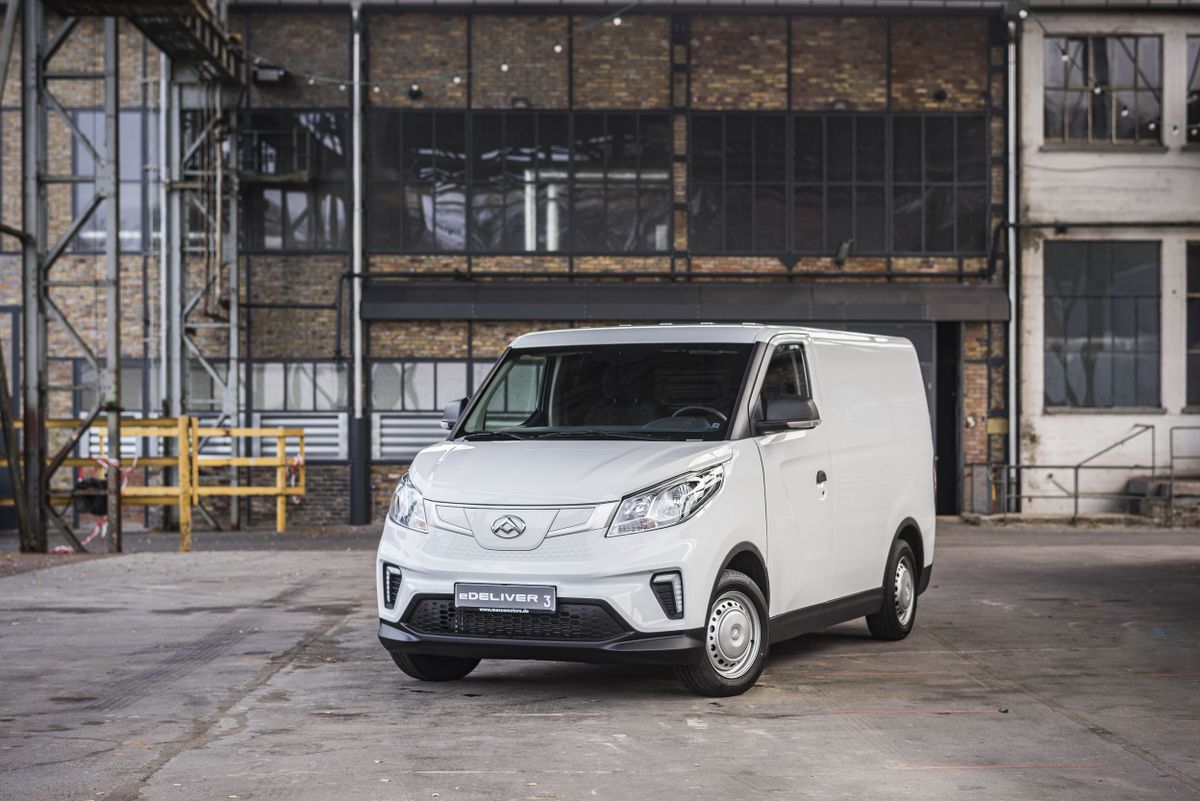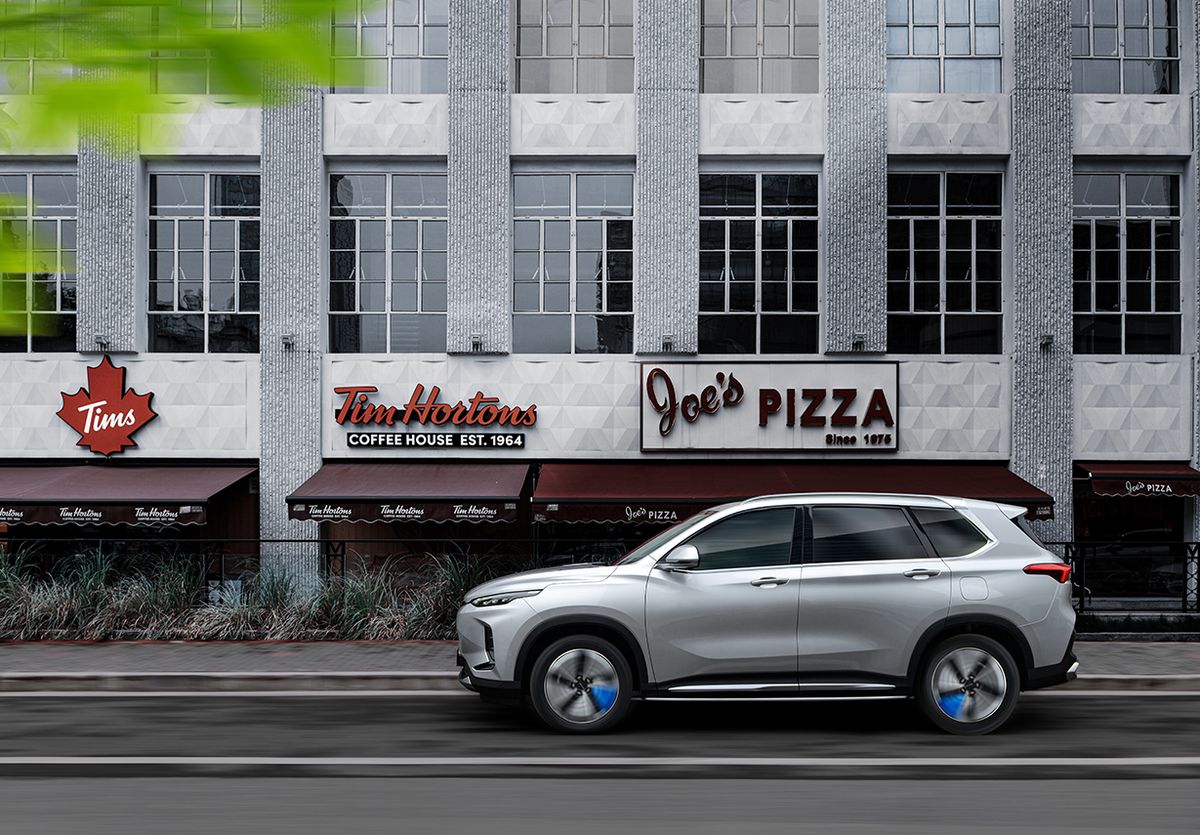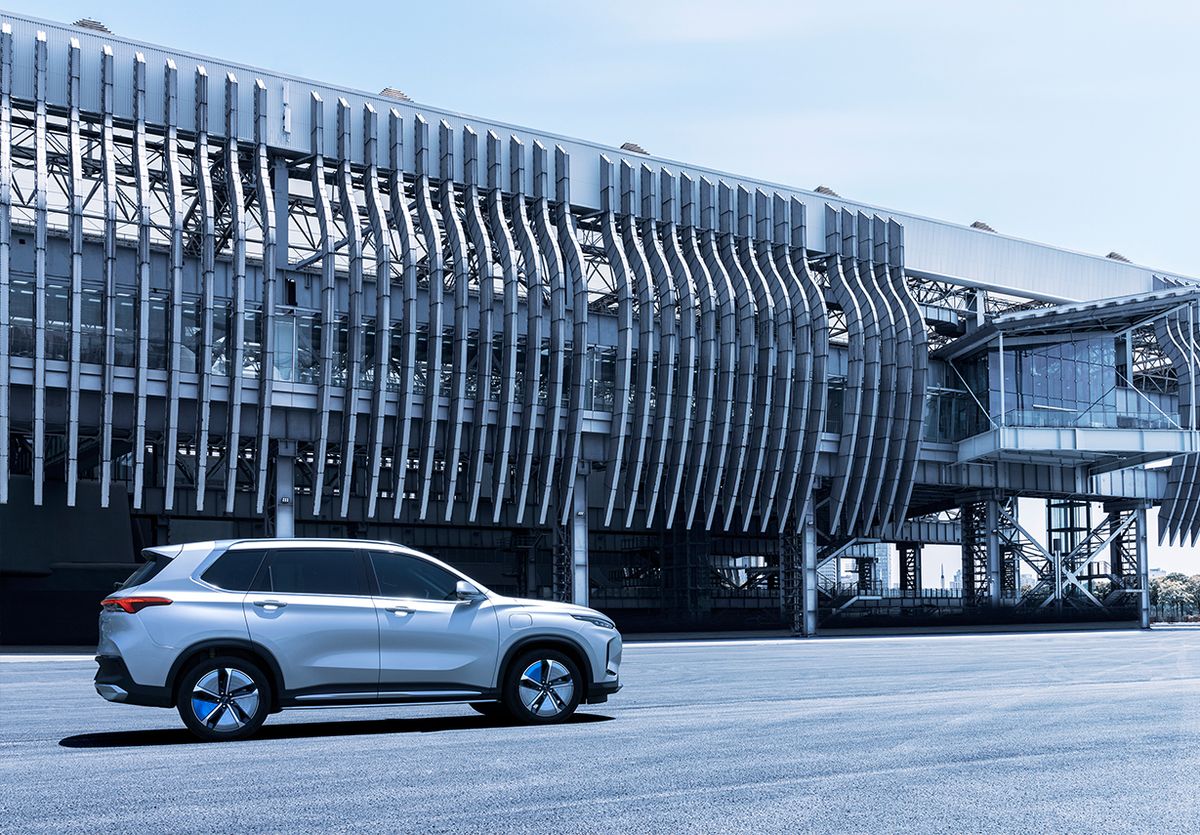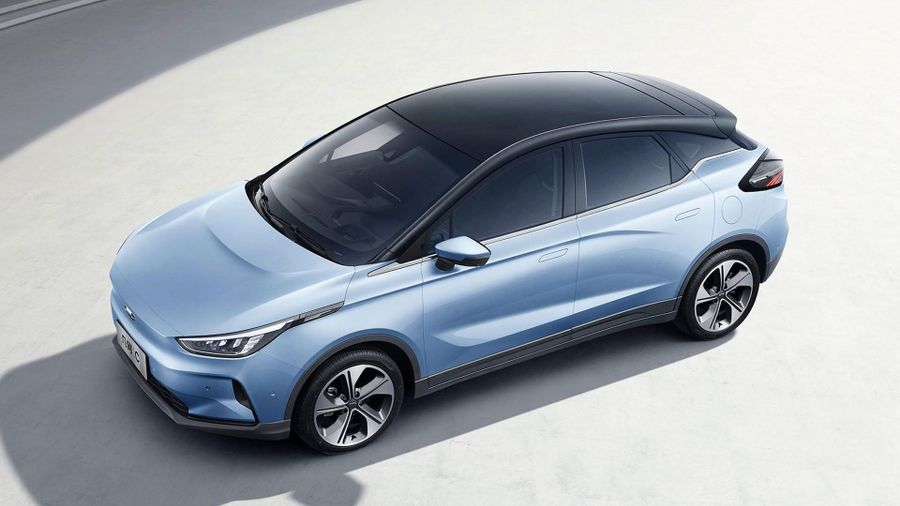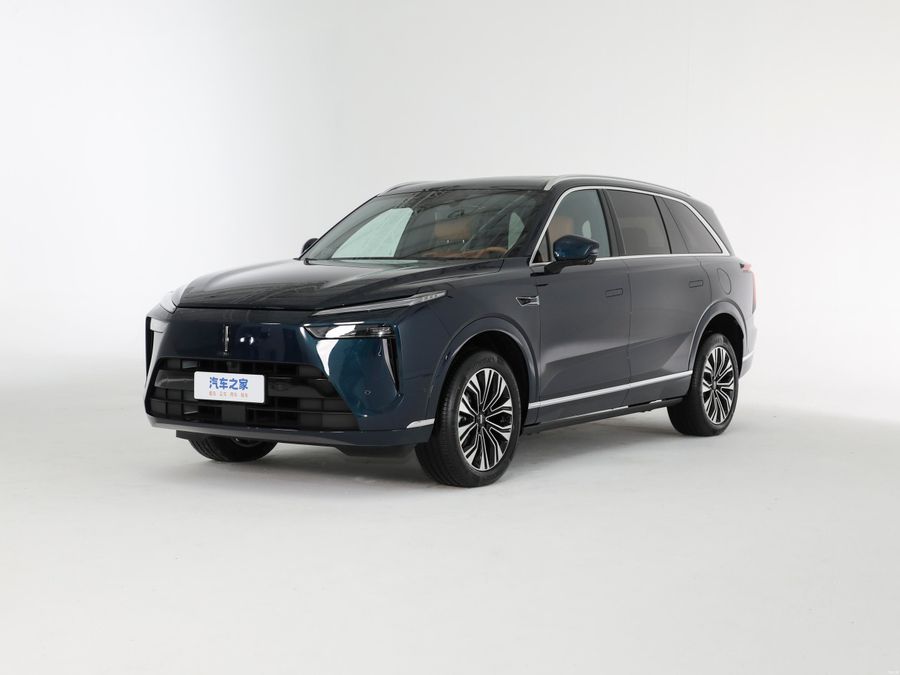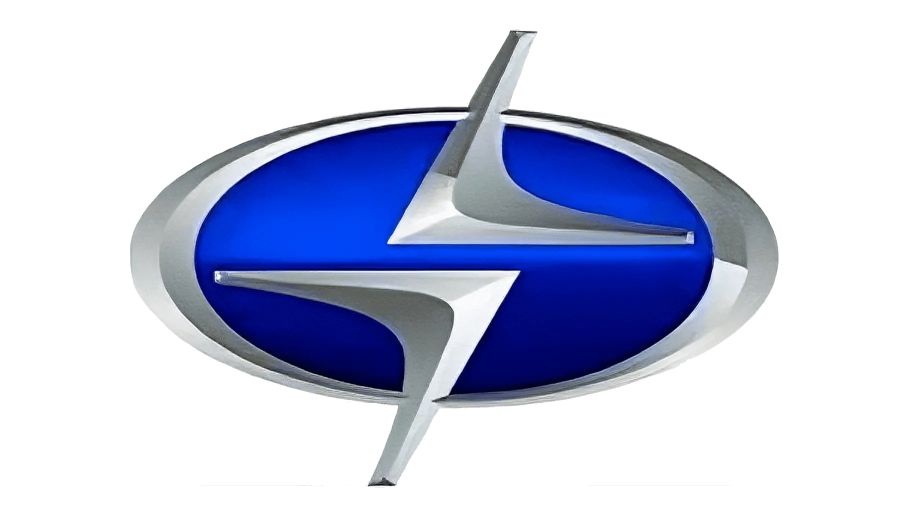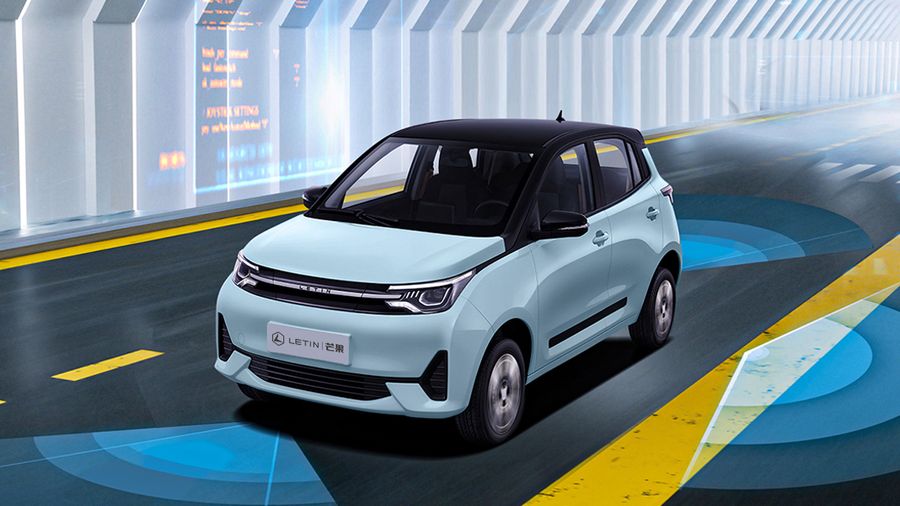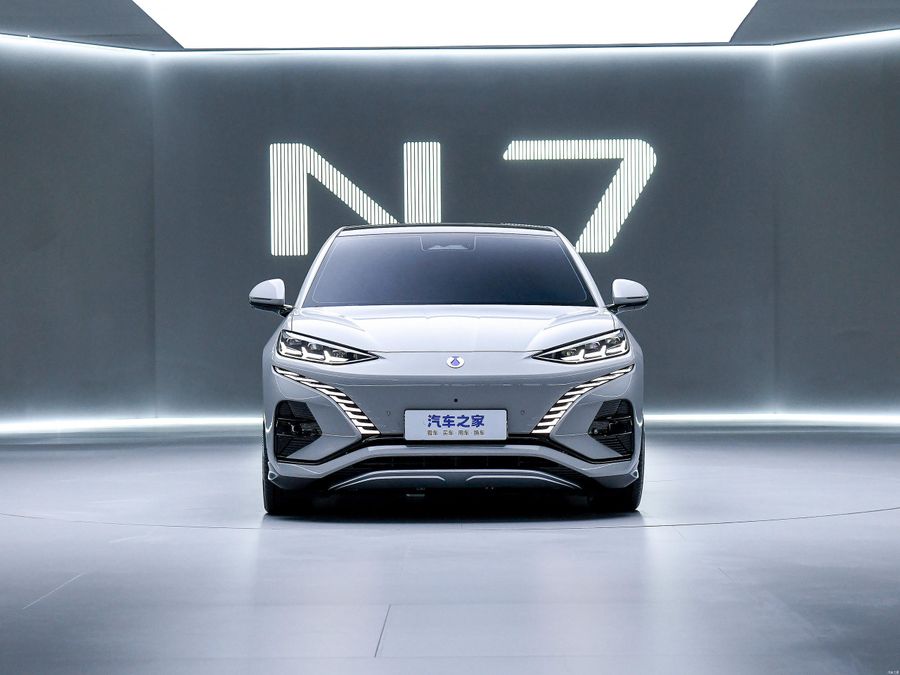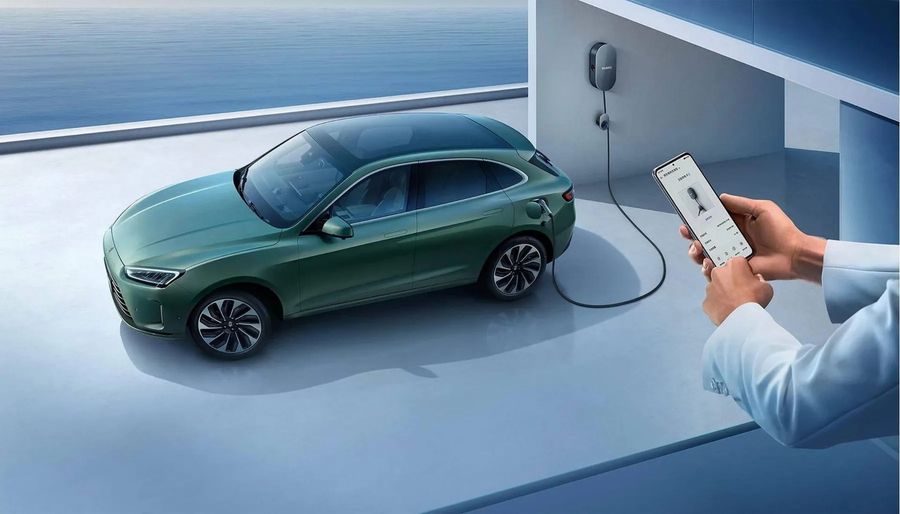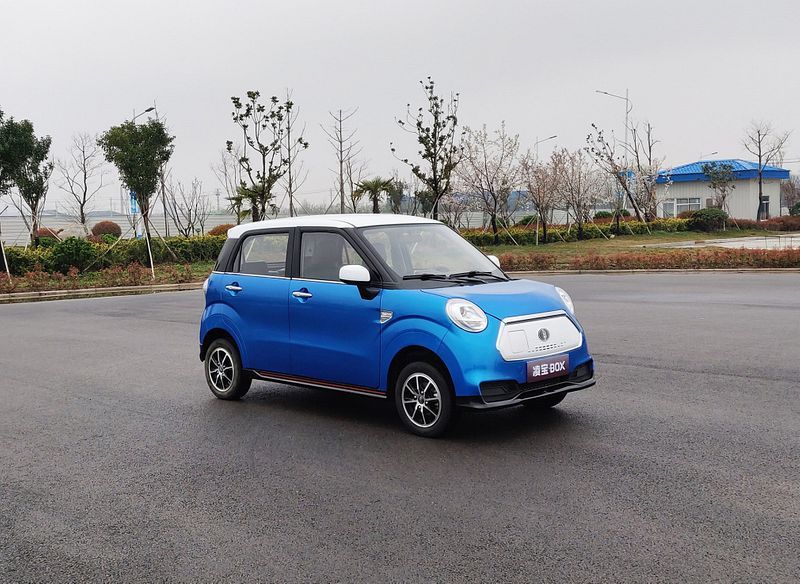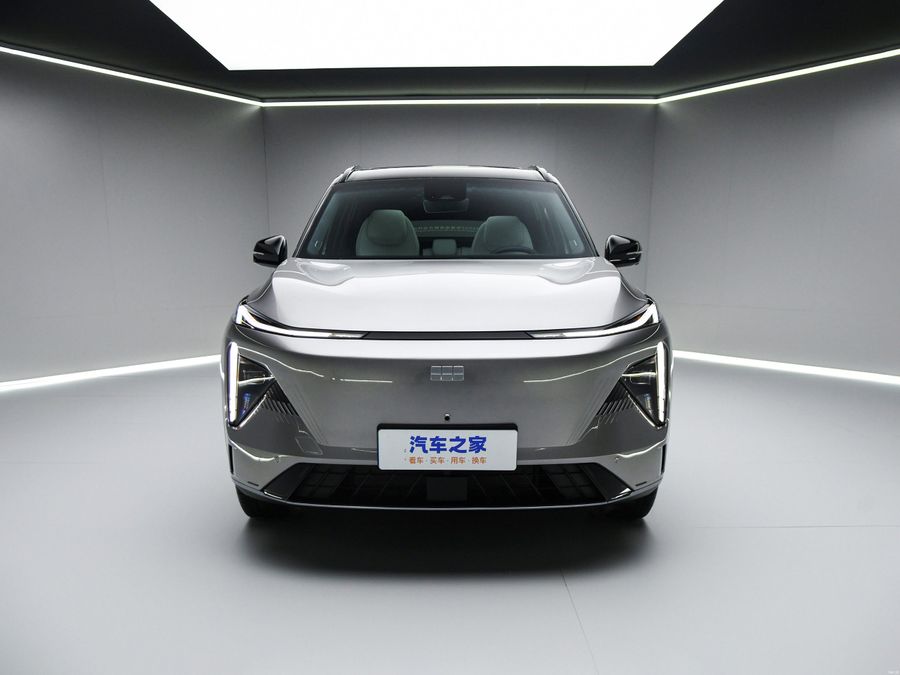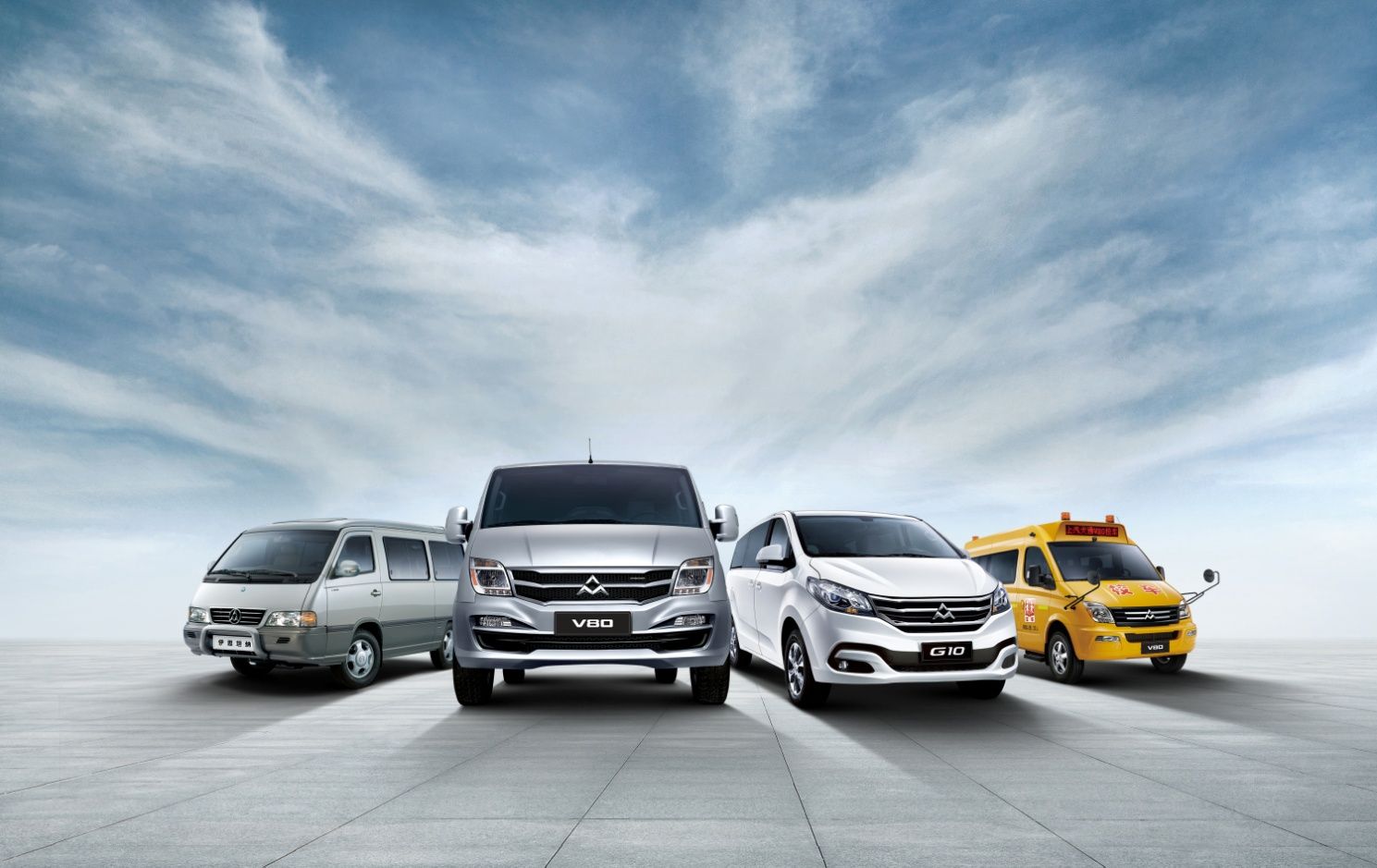
Maxus. Long way to China
Maxus is a relatively unknown brand of a large Chinese company SAIC Maxus Automotive Co., Ltd., which also owns MG and Roewe cars. But Maxus joined SAIC only in 2010. And before that, the brand had a very long and eventful life, rooted deep in the 19th century… So, we will briefly tell you more about this company and next time when you see a Maxus you won’t think that this is another cheap Chinese product.
From steam locomotives to the Olympic lion
In 1896, the Sumner and Spurrier families founded the Lancashire Steam Motor Company in Leyland, North West England. Their first products included steam lawn mowers, followed by 1.5-ton-capacity steam powered vans and steam locomotives. In 1905, Sumner and Spurrier started building gasoline-powered vehicles. A couple of years later, Lancashire Steam Motor Company was renamed Leyland Motors and began to produce good, technically advanced cars for their time.
In 1920 Leyland Motors produced the Leyland Eight luxury touring car. The model was presented to the public at the International Automobile Exhibition at Olympia in London in 1920, where it was called the ‘Olympic Lion’. The Lion was designed by cult engineer and racing driver John Godfrey Parry-Thomas, the 1926 land vehicle speed record holder (275 km/h) and the first (and so far only) person to be decapitated by a drive chain while trying to break his own speed record. The killer car Babs is based on the Leyland Eight. However, the sad story did not affect the success of the British company, which continued to produce excellent cars.
During World War II, Leyland Motors along with most vehicle manufacturers was involved in war production. The company built the Cromwell tank at its works as well as medium/large trucks such as the Leyland Hippo and Retriever. After the war, Leyland Motors continued military manufacture with the Centurion tanks, which until the 60s served as the basis of the armored units of the British Army.
Rise and fall
The year 1946 was the beginning of active development, mergers and acquisitions for Leyland Motors. The company first teamed up with AEC (the largest British truck manufacturer before 2WW) to produce trolleybuses. A number of other acquisitions followed from 1951 to 1961: Albion Motors, Danish Automobile Building (DAB), Scammell, and Standard-Triumph. In 1962, the company grew into a huge automotive holding and continued buying other market players such as Associated Commercial Vehicles (ACV) and smaller ACV companies, the Rover brand and its subsidiary Alvis Car and Engineering Company.
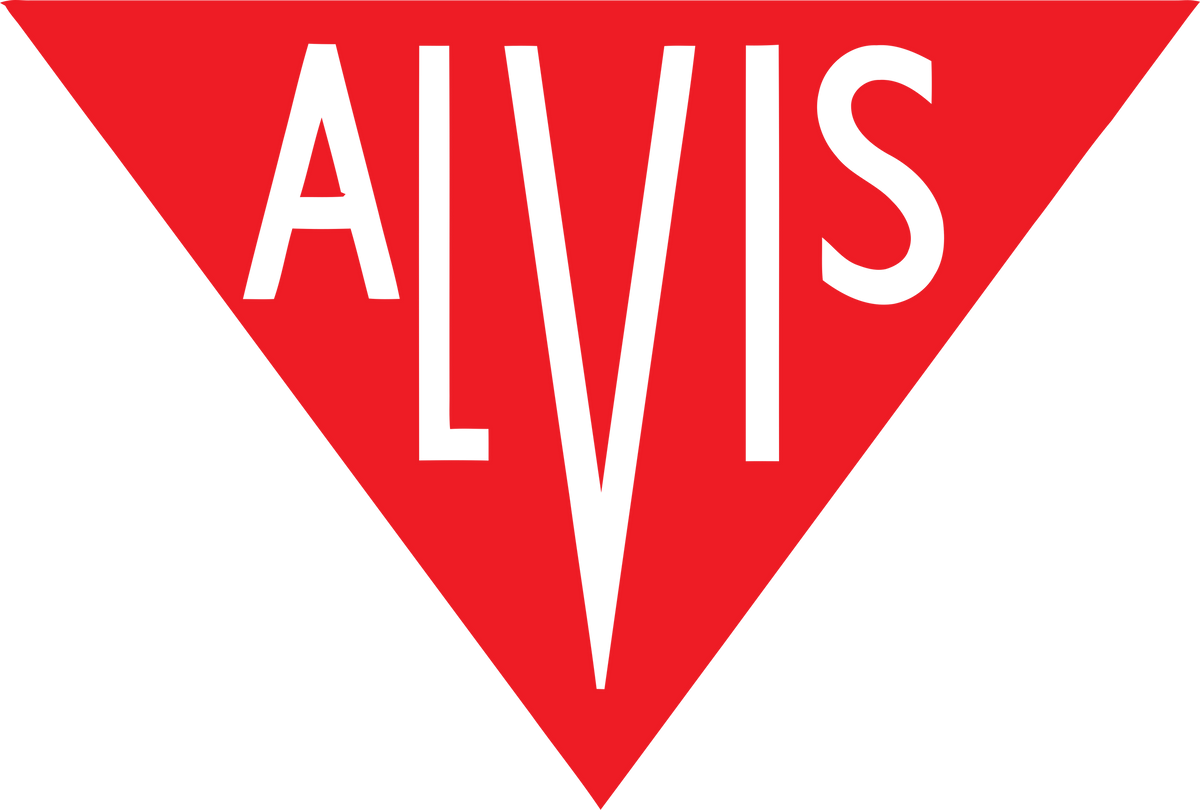
In 1968, Leyland Motors merged with British Motor Holdings (BMH) to form the British Leyland Motor Corporation (BLMC), with brands such as Guy, BMC, Austin, Morris and a number of others in its portfolio. In the end, what had to happen happened. British Leyland began to burst at the seams due to an excessive number of brands. In 1974, it turned to the British government for support and entered a phase of fragmentation and decline.
Acquired by the Chinese company SAIC Motor in 2009, the LDV Group still remains within its structure
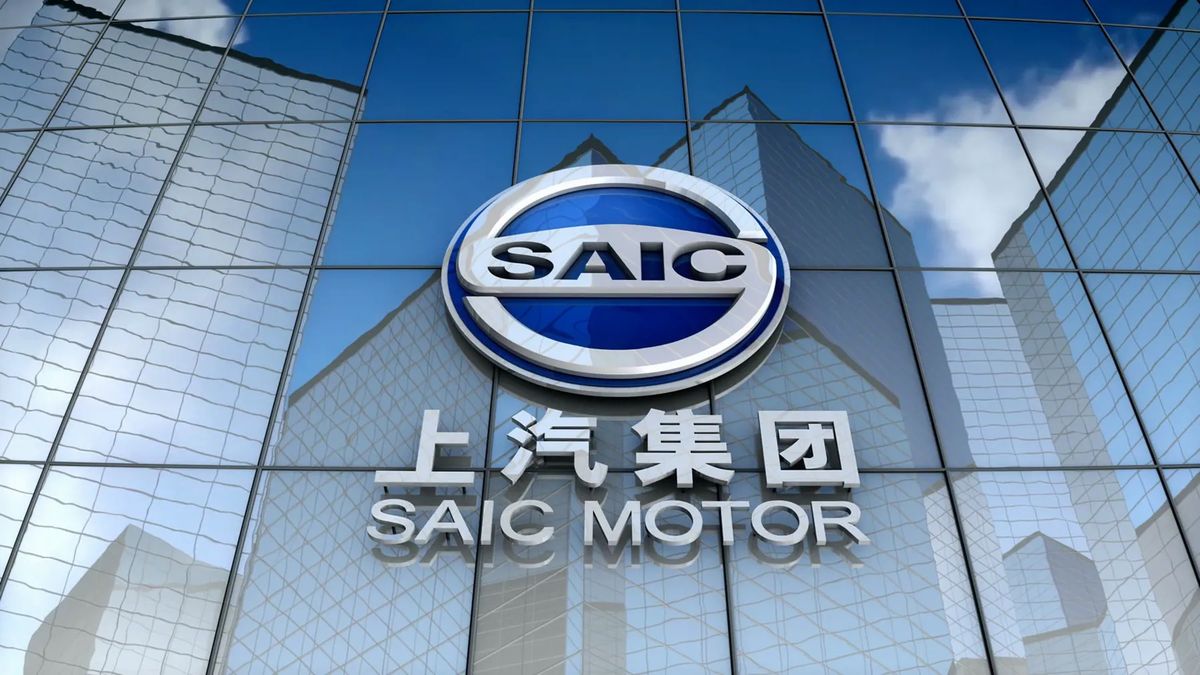
In 1975, BLMC was nationalized as British Leyland (BL) and split into four divisions, including a bus and truck company Leyland Truck & Bus within Land Rover Leyland. Then there was a further division into Leyland Bus and Leyland Trucks. In 1986, BL changed its name to Rover Group. The manufacturer of buses that are especially popular in in India and Africa to this day, Ashok Leyland, separated from the Group. The bus company was bought out by the company’s management in the form of Leyland Bus, which in 1988 became part of Volvo Buses. Volvo redesigned Leyland’s models and built the Volvo Olympian double-decker bus, the best-selling double-decker bus of its time.
Meanwhile, in 1987, the Leyland Trucks division of the Rover Group (formerly BL) merged with DAF Trucks from the Netherlands to become DAF NV. In February 1993, this group went bankrupt, went into receivership and split into DAF Trucks (a truck manufacturer), LDV Group (a van manufacturer) and Leyland Trucks (another truck manufacturer). DAF Trucks and Leyland Trucks were acquired by the mighty American company Paccar. And LDV terminated its activity, but not completely, it was bought by an American debt buyer, the financial group Sun Capital Partners, which subjected the company to a financial restructuring in 2005.
Child of decadence
And this is where everything changed. In 2006, the LDV Group was bought out by the rapidly developing Russian bourgeoisie and transferred to the GAZ Group. And GAZ, the world-famous Gazelle light vehicle stamping machine, was drawn to the LDV by none other than the Maxus vans.
The LDV Maxus was developed jointly by LDV and Daewoo Motor. It was a quality, progressive light van family with great prospects. The Maxus was intended to replace the LDV Convoy model and the Lublin II model from Daewoo Motor Polska. They entered production in 2004 in the UK, almost at the end of the European history of LDV.

Russian automakers had a cunning plan: to invest in expanding the production of Maxus vehicles in Birmingham and at the same time export the technology of Maxus to the GAZ plant in order to subsequently begin production of more prestigious vans than GAZelle vehicles in Nizhny Novgorod. Even a production plan was drawn up, which required producing 50 thousand Maxus vehicles only in the first year of release. But nothing came of it. Having spent 100 million dollars, GAZ left the enterprise.
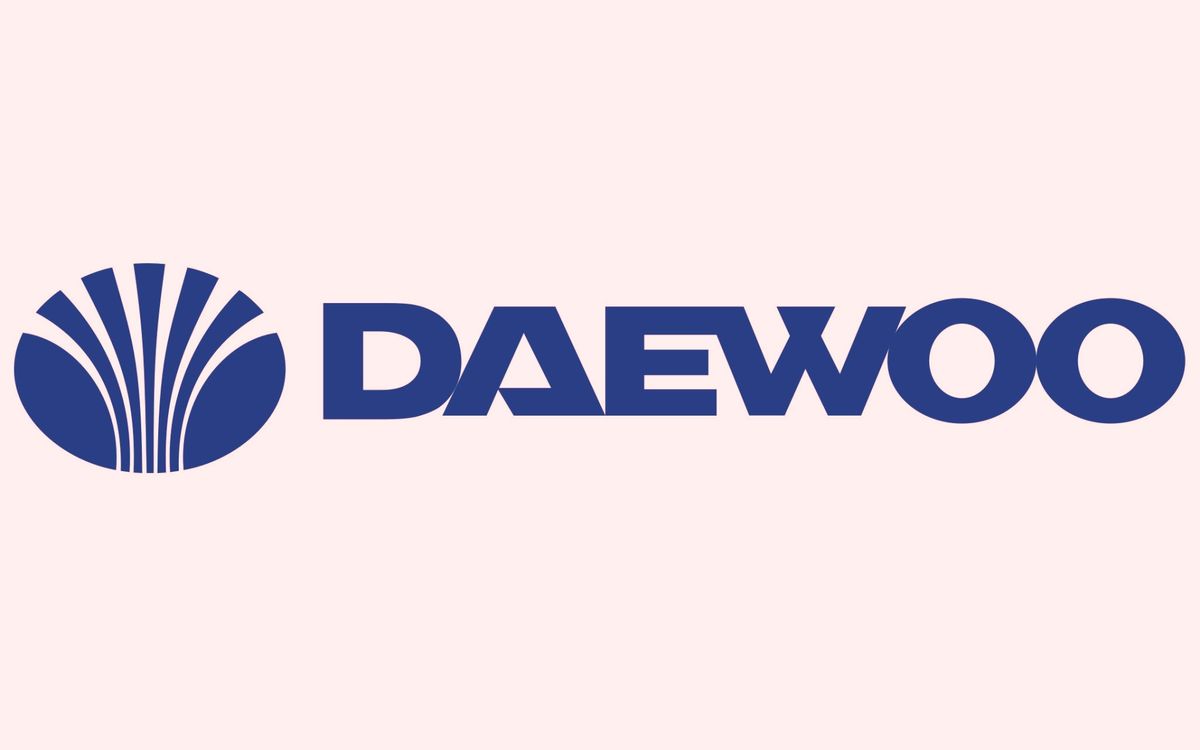
In 2009, the Malaysian company Weststar became interested in Maxus, but despite even a preferential loan of 5 million pounds from Her Majesty the Queen, they did not dare to purchase. As a result, LDV was declared bankrupt for the umpteenth time and placed under the temporary management of the audit company PricewaterhouseCoopers.
But then there was another, Chinese turn. In 2009, the LDV Group was acquired by the Chinese company SAIC Motor, and the British van manufacturer is still within its structure. And it must be admitted that the Maxus vans are quite prosperous now, almost for the first time in their history. The Maxus brand has even gone beyond commercial vans.
Maxus vehicles of our time
The first Maxus produced under the Chinese management, the V80 van, was unveiled at Auto Shanghai in 2011. Maxus' second production model, the G10 MPV, went on sale in China in 2014. To date, the following models of the brand are being produced:

- SUVs: Maxus D60, Maxus EUNIQ 6 electric D60 and Maxus D90;
- MPV: Maxus G10, RG10 RV, EG10 electric G10, G20 MPV, G50 MPV, EUNIQ 5 electric G50, Maxus Mifa 9 MPV;
- Pickups: Maxus T60, T70, T90;
- Vans and minibuses: Maxus EV30, V80, RV80 RV, V80 electric, FCV80, V90.
The brand was always named “Maxus” even prior to the acquisition. It is unknown why this particular name was chosen. But the Chinese claim that MAXUS in Chinese means “Great wisdom fits the world, Mastery cast success”. So, the Chinese managed to find two whole meanings in one name.
Most Maxus models are quite new, as they were launched on the market two or three years ago. They look discreet, but decent and modern. They are sold almost all over the world. With regard to the Maxus brand, SAIC is following a strategy of ‘four new upgrades’:
- electrification;
- intelligence (advanced options);
- communications (Internet technologies and various forms of joint use);
- adaptation (to the needs of consumers).
So the complex history of the British brand LDV entered a new round in the Celestial Empire. And, despite the foggy past, the future of Maxus promises to be clear.


